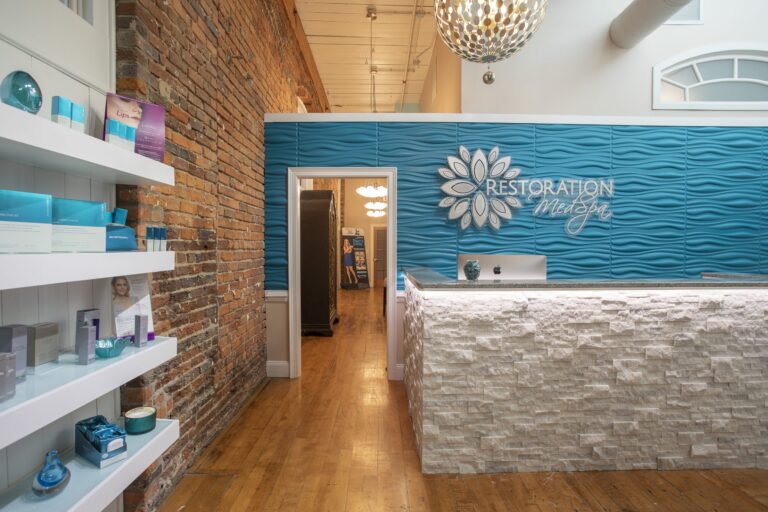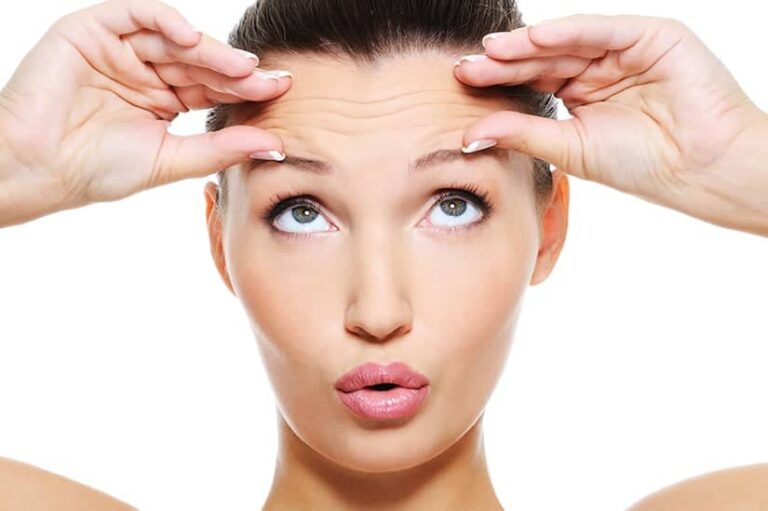
While loss has been an inescapable theme of COVID-19 — loss of life, jobs, community, security, and even our hair— some have seen surprising gains during the pandemic. For video-chat giant Zoom lockdown delivered an opportunity — and, within no time, a windfall— which had a curious sort of ripple effect on another industry: cosmetic treatments.
“With the onset of Zoom meetings, we were seeing ourselves not only in a still form, but also fully engaged in conversation,” says Corey Hartman, MD, a board-certified dermatologist in Birmingham, Alabama. We witnessed our faces take shapes in ways we’ve never seen before — our expressions exposing unfamiliar lines, folds, and asymmetries.
When elective procedures were eventually greenlit last spring, the medical spa industry was met with an overwhelming demand for their services. As they hurriedly rescheduled months’ worth of backlogged patients — regulars who’d missed their annual skin checks and quarterly injections — an unparalleled influx of newcomers clamored for lip filler and laser treatments. The Zoom phenomenon was eye-opening.
In Grosse Pointe, Michigan, board-certified dermatologist Fatima Fahs, MD, had many people coming in saying that they’d never spent so much time looking at their own faces — and how traits that never used to bother them have become distractingly apparent.
And, thus, the “Zoom boom” was born — this unanticipated rise in cosmetic procedures propelled by the ubiquity of video conferencing. While the term quickly became a generic catchphrase for society’s heightened interest in pandemic cosmetic treatments, video chats were hardly the only factor nudging patients into exam rooms. “Seeing themselves in video certainly shined a light on some they may not have noticed before,” says Dino Elyassnia, MD, a board-certified plastic surgeon in San Francisco. “However, I truly believe the ability to work from home while recovering played a larger part .” WFH and mask mandates allowed for discreet healing. And with vacations and social events on hold, people suddenly had the time and cash to invest in injectables and cosmetic surgery.”
Still, despite countless headlines announcing the Zoom boom, the craze has been largely anecdotal. This led many to wonder: Is this for real? Have scores of patients really been seeking to services based on nagging imperfections they may have spied during a virtual happy hour?
New studies exploring our current appetite for aesthetic treatments — and the ways in which video apps ultimately feed it — have emerged in medical journals, providing proof of our insecurities and motivations. Early on in lockdown, many of us came to realize that “the cameras on our computers were not designed to enhance beauty or project the best angles to highlight the contours of the face,” Dr. Hartman says. “If anything, they give a fishbowl view and cause the face to protrude more centrally, warping features.” A 2018 study actually confirms this fact, adds Dr. Libby, finding that noses appear approximately 30% larger in photos taken from 12 inches away versus a standard portrait distance of five feet. (For the record, there’s about a ruler-length of space between us and our MacBook right now.)
Virtual distortion isn’t limited to noses. “Zoom accentuates imperfections” on a grander scale, says Flora Levin, MD, an oculofacial plastic surgeon in Westport, Connecticut. Since our laptops are generally set on a desk or, aptly, in our laps, we’re fixing our gaze at a downward angle, which causes the skin on the face and neck to fall forward, collecting in folds around the mouth and in pockets under the chin. While “Zoom is what I call an equal opportunity offender, if I had to pick one feature which suffers the most, it would have to be the neck,” says Ashley Gordon, MD, a board-certified plastic surgeon in Austin, Texas. “Any excess skin and fat in the submental area , along with a scalloped jawline from jowling, are really highlighted on Zoom.”
To boot, adds Dr. Levin, “the lighting in most rooms from above, not straight on, which creates shadows, highlighting under-eye bags and dark circles.” (Not surprisingly, “looking tired” has been a chief complaint of pandemic patients, our doctors say.) “A youthful face has little or no shadows, with smooth transitions from one part to the next,” Dr. Levin explains. “Artists draw aged faces by introducing shadows into the painting. Zoom, with its lighting, has the same effect, making the face look older.”
Survey Says: The Boom Is Real
This confluence of factors — seeing yourself in animation, from awkward angles, poorly lit, through a wonky lens, surrounded by potentially prettier faces — can be profoundly galvanizing, it turns out. In a study published in the International Journal of Women’s Dermatology earlier this year, researchers surveyed dermatology providers from across the country about pandemic-era consultations and, more specifically, the frequency with which patients mentioned Zoom as an impetus for their visits. According to Dr. Libby, a co-author on the paper, “56.7% of providers reported a relative increase in patients seeking cosmetic consultations compared with prior to the pandemic, and 86.4% noted their patients citing video-conferencing calls as a reason to seek care.” Moreover, she adds, “82.7% marked their patients as either being somewhat more or significantly more unhappy with their appearance since using video conferencing during the pandemic.”
The researchers describe in the study the many ways in which Zoom contorts our image: “With webcams often recording at shorter focal lengths,” they state, “the result is an overall more rounded face, wider set eyes, broader nose, taller forehead, and disappearing ears, obscured by cheeks” — all of which, they say, may trigger a sort of Zoom dysmorphia that pushes patients to “seek cosmetic procedures to improve their appearance on video-conferencing calls,” explains Dr. Libby.
Even so, for all the buzz about Zoom dysmorphia — the inference that people are getting work done on maybe-imaginary flaws brought to their attention by face-morphing technology — our experts say the majority of patients who come in with an issue revealed by Zoom generally have a solid sense of their actual appearance. It’s rare for a patient to come in focused on a truly nonexistent issue that is a pure artifact of technology.”
On The Horizon: When Will The Boom Fizzle?
Even with an end to the pandemic in sight, many companies are extending WFH privileges indefinitely — which means virtual meetings and unofficial downtime are here to stay.
More hotly anticipated than any single trend, one could say, are the fresh, uplifted looks — Zoom-inspired and otherwise — we’re sure to see as the pandemic slowly wanes and masks fall away.
Request A Complimentary Consultation
Fill out the form below and a concierge will call to schedule an appointment!


